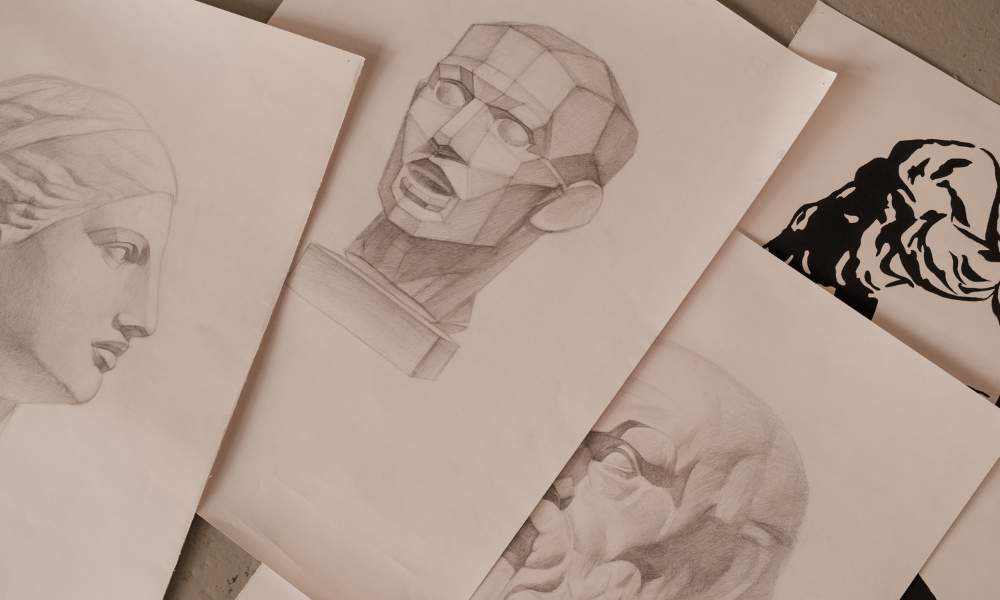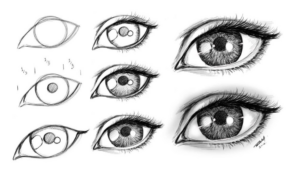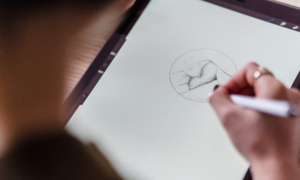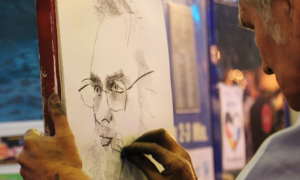Shading is a fundamental technique in drawing that adds depth, form, and realism to your artwork. Whether you’re sketching portraits, landscapes, or still life, mastering shading can significantly enhance your artistic skills. Let’s dive into some shading hacks and techniques:
Shading Basics
Understanding Pencil Grades:
- Invest in a set of high-quality pencils with a range of grades (from 9H to 9B). The harder pencils (H) create clean lines, while softer pencils (B) are ideal for shading and blending.
- My go-to shading pencils for portraits are HB, 4B, 6B, and 8B.
- Remember that soft pencils deposit more graphite with less effort, making them perfect for shading.
Pencil Shading Techniques:
- Hatching: Create parallel lines to build up value. Closer lines create darker areas.
- Cross Hatching: Layer intersecting lines for more texture and depth.
- Circulism: Use tiny circular motions to shade smoothly.
- Contour Shading: Follow the contours of the subject to emphasize form.
Light and Shadow:
- Understand how light interacts with objects. The “light side” receives direct light, while the “dark side” is in shadow.
- Learn about cast shadows and occlusion shadows.
Representing Form:
- Gradual shading transitions create a realistic look.
- Avoid abrupt shading changes that make your drawing appear flat.
- Add bumps and ridges to give dimension to your subjects.
Shading Practice
- Try these exercises:
- Shade a face: Focus on the different planes of the face (forehead, cheekbones, nose, etc.).
- Shade an eyeball: Capture the spherical form and reflections.
Tips for Smooth Shading:
Overhand Pencil Grip:
- Hold your pencil at an angle for smoother strokes.
- Avoid pressing too hard; let the pencil glide.
Pencil Sharpness:
- An ultra-sharp pencil is excellent for details but not for shading.
- Use a slightly blunted tip for smoother shading.
Practice, Practice, Practice:
- Shading improves with practice. Experiment with different techniques.
- Observe real-life lighting and shadows.
Remember, practice and observation are key! Happy shading! 🎨🌟




